For my final project, I am preferring to do my own theme. My theme will be Transit Subways Scapes.
My favorite interest for this project is rule of thirds and depth of field. Rules of thirds will look great on my subjects because it focuses on the subject while having a scenery background for the subject. Depth of field is useful towards subways and buses scapes. For example, I can shoot a subway photo in an above ground station. With the depth of field I can zoom in the train and having a focus of the train along the other subway cars following behind it. If I would shoot an underground station with the train coming in, I will need to adjust the exposure of the camera to have a better light quality.
Sometimes, we do not appreciate public transit as much as for commuters. I think personally, I like public transit. There are some underrated beauty of the subway that commuters miss most of the time. It doesn’t matter where you are late to work or going somewhere to be. We are all riding the same subway car.
We all have almost the same story as commuters to get to our place and we have to look back at it. We are all there to have something to get to our destination alive. Trains come and go to our daily lives that we have something productive to do in our lives.
My photography shoots will be taken most of them in a above ground station because of the scenery that the trains go through. I will be going through different boroughs of NYC to look for places that have a fantastic scenery along with it.
Photo 1 – James Maher
Photo 2 = Emma Taggart
Photo 3 – Jeenah Moon
Photo 4 – Gary Hershorn
Photo 5 – Osugi
Photo 6 – Chris Hondros

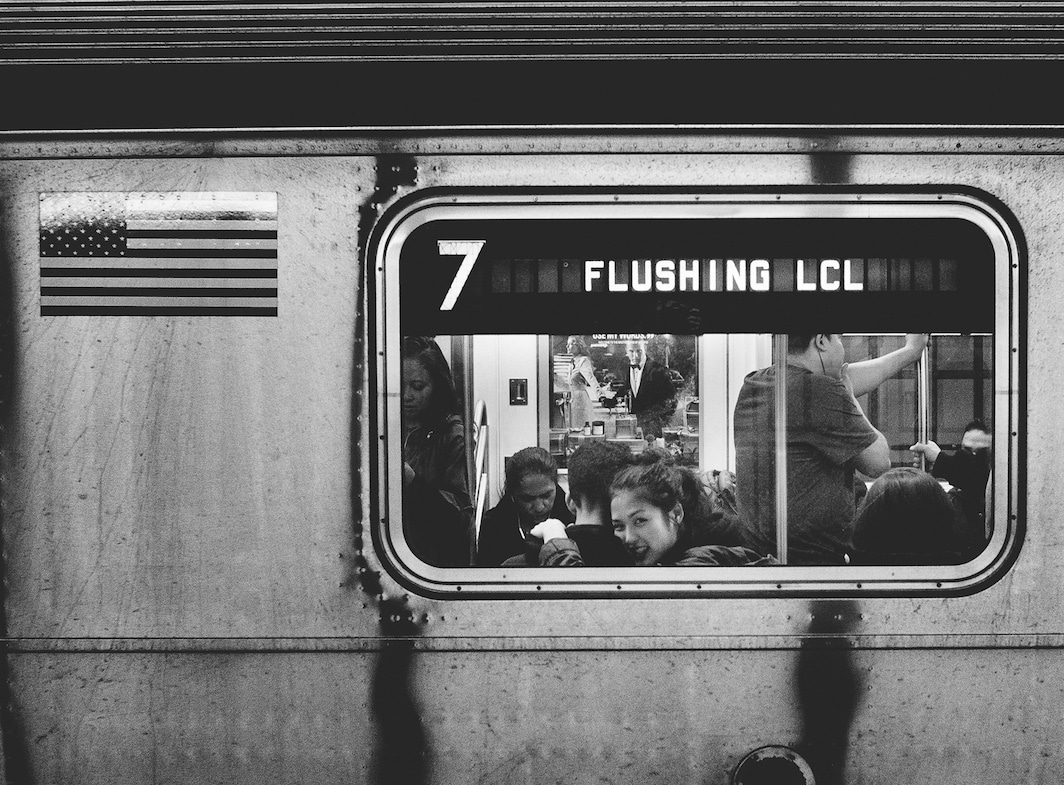
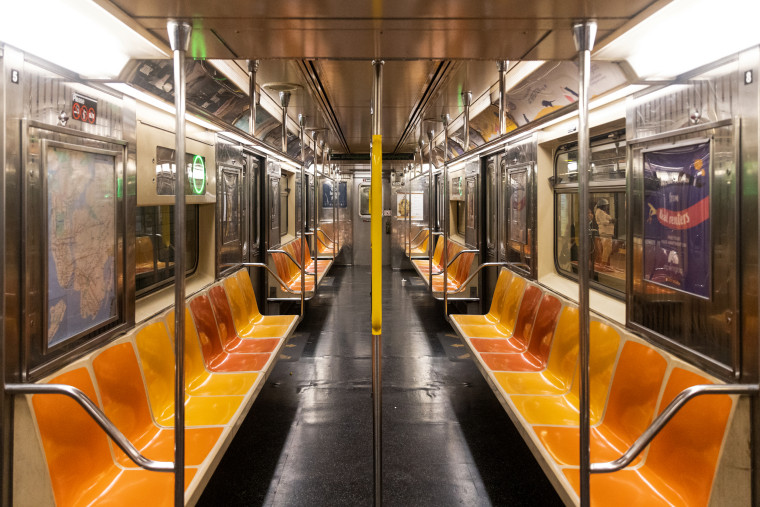
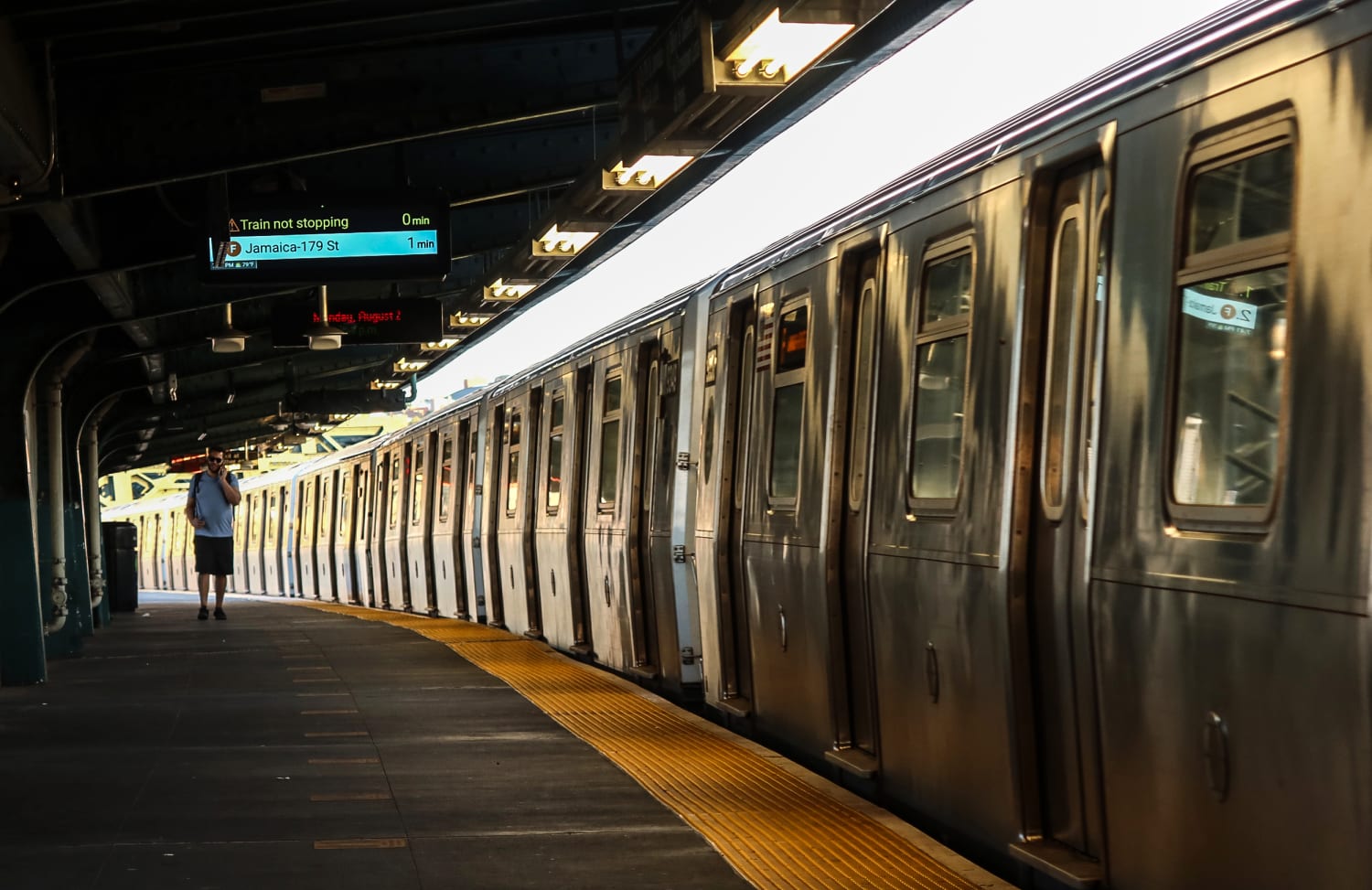




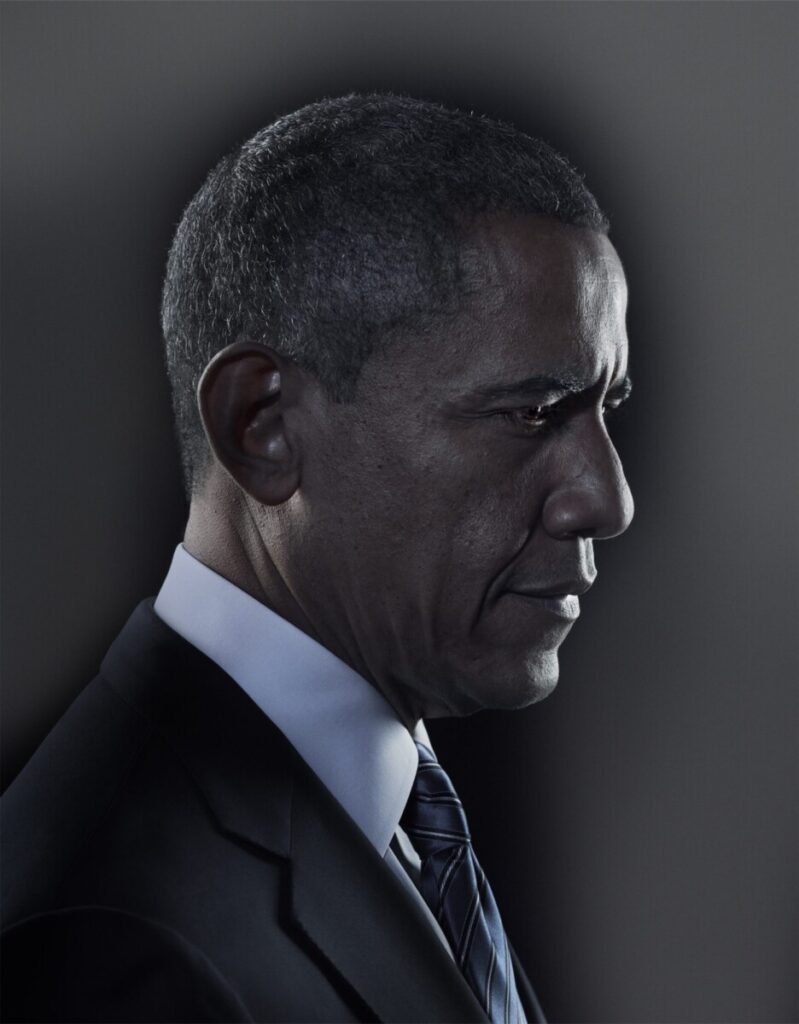

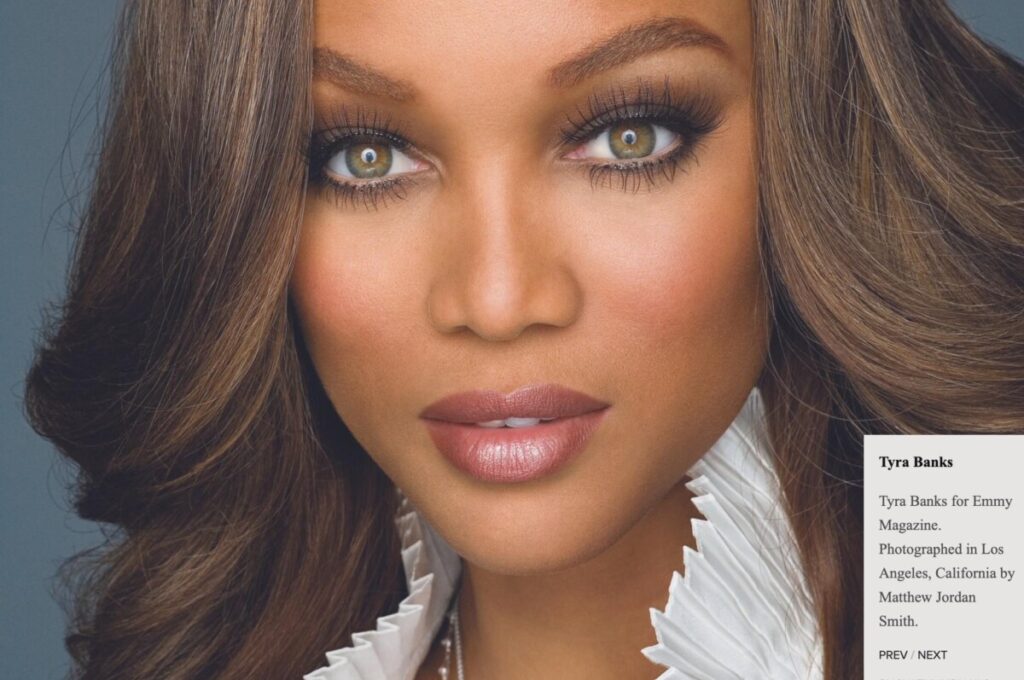
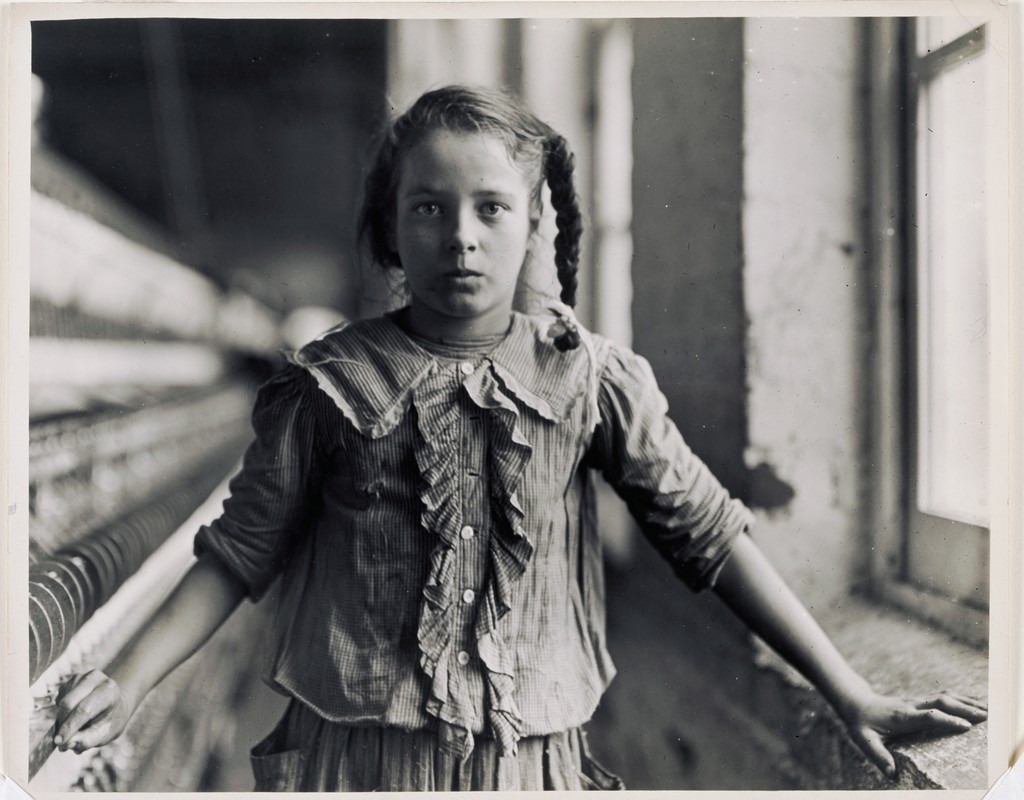
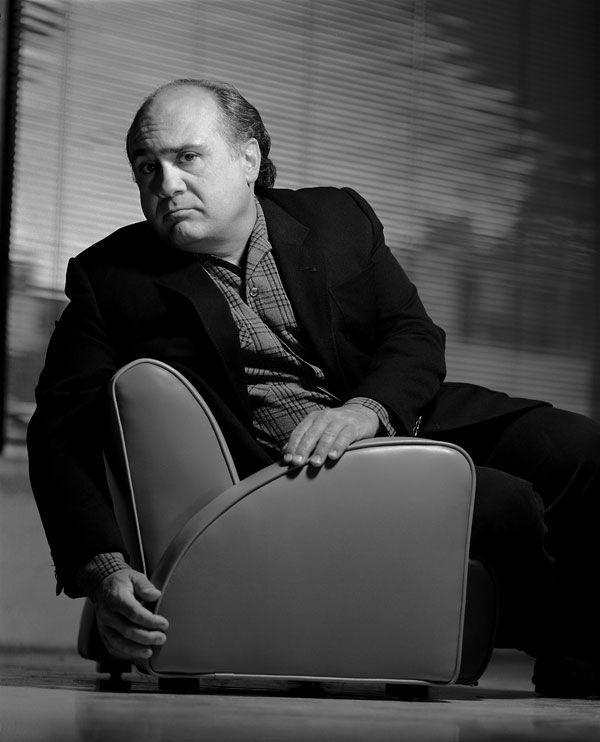
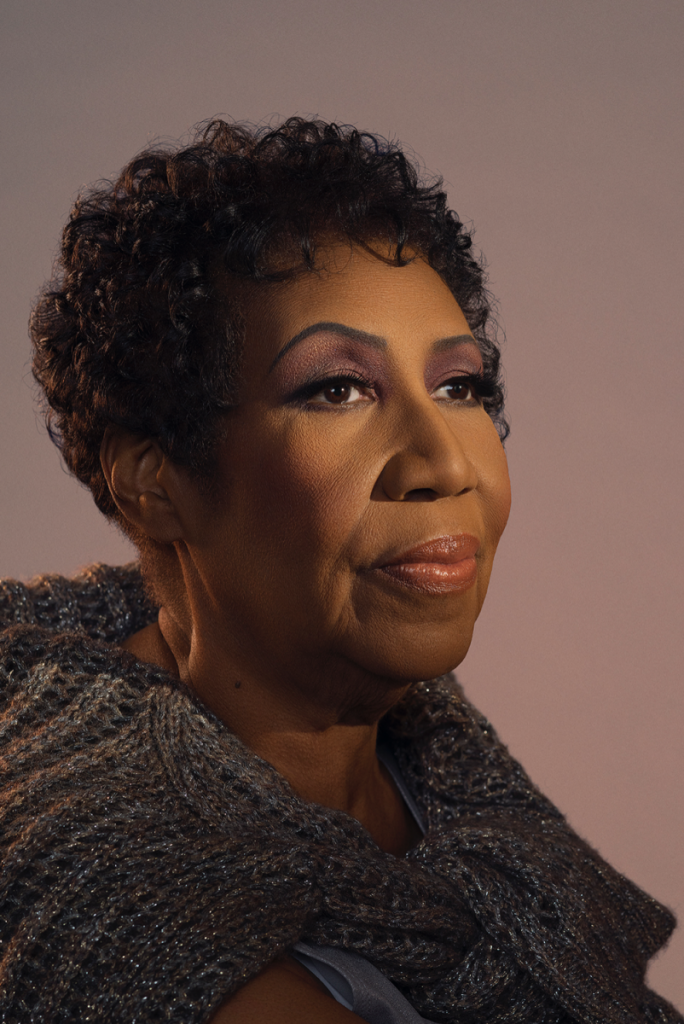


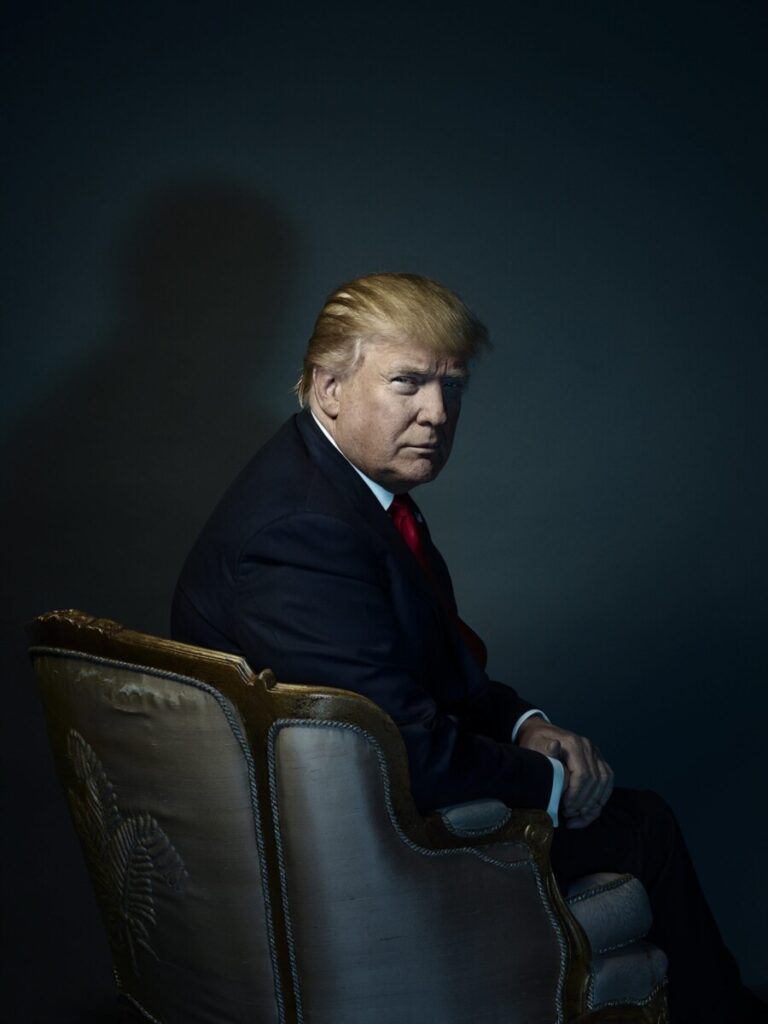
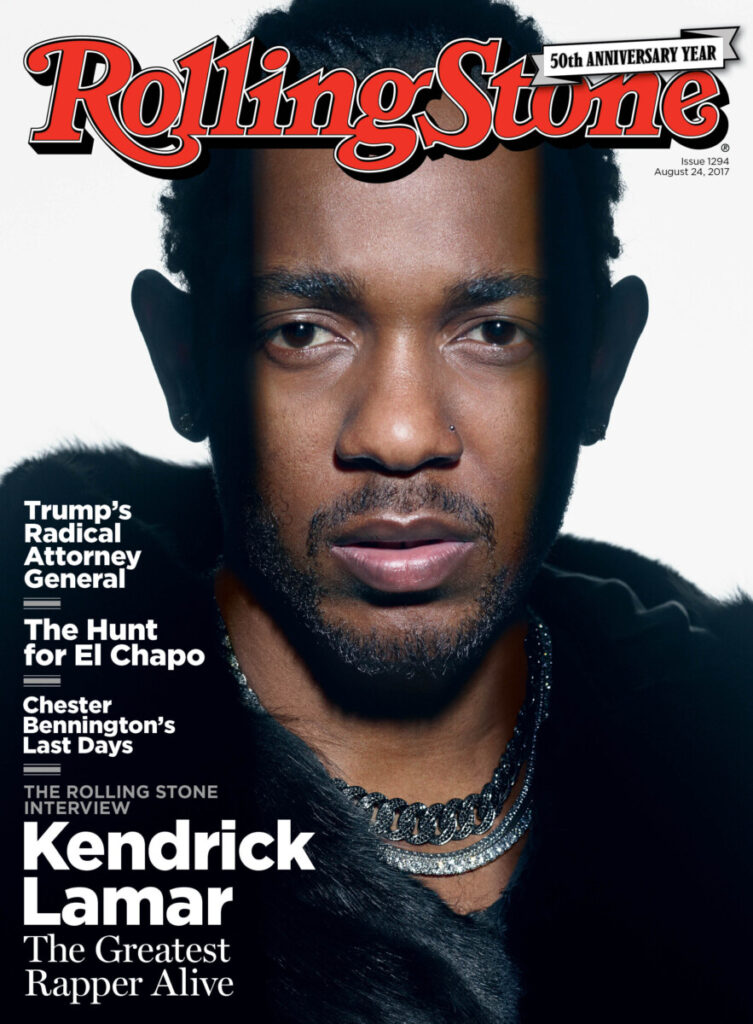
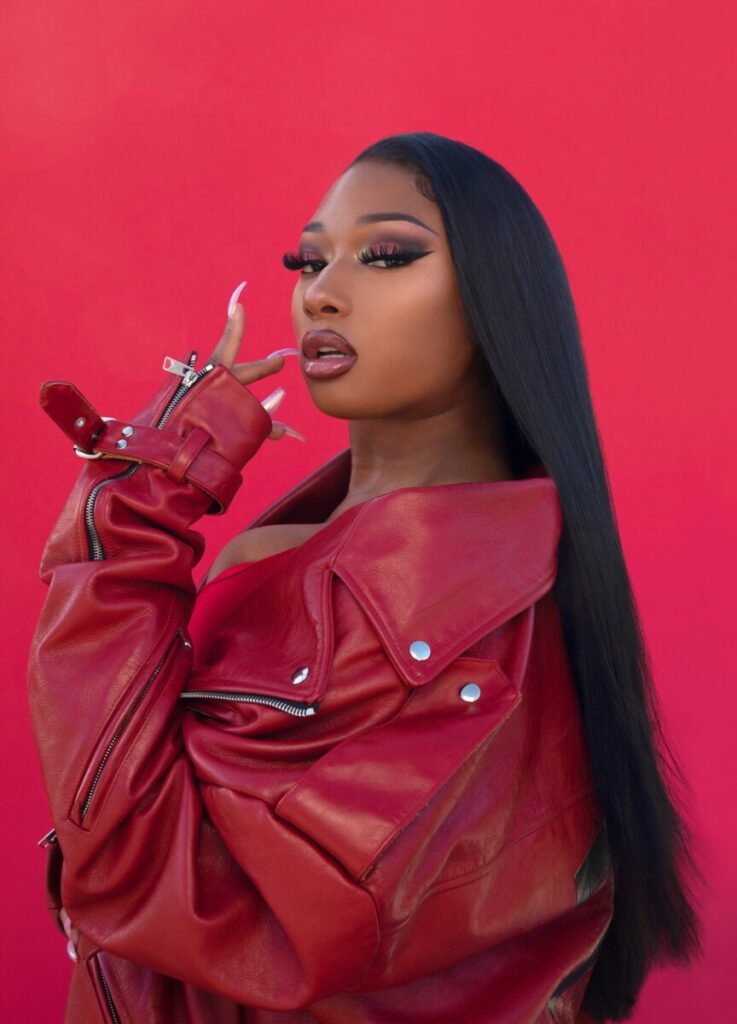
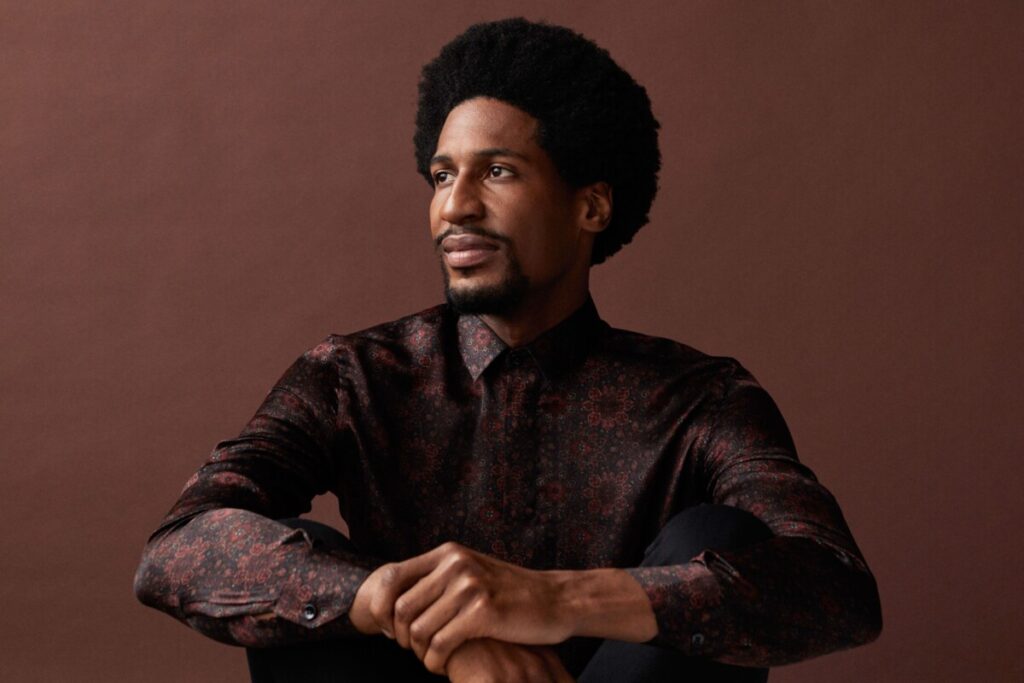
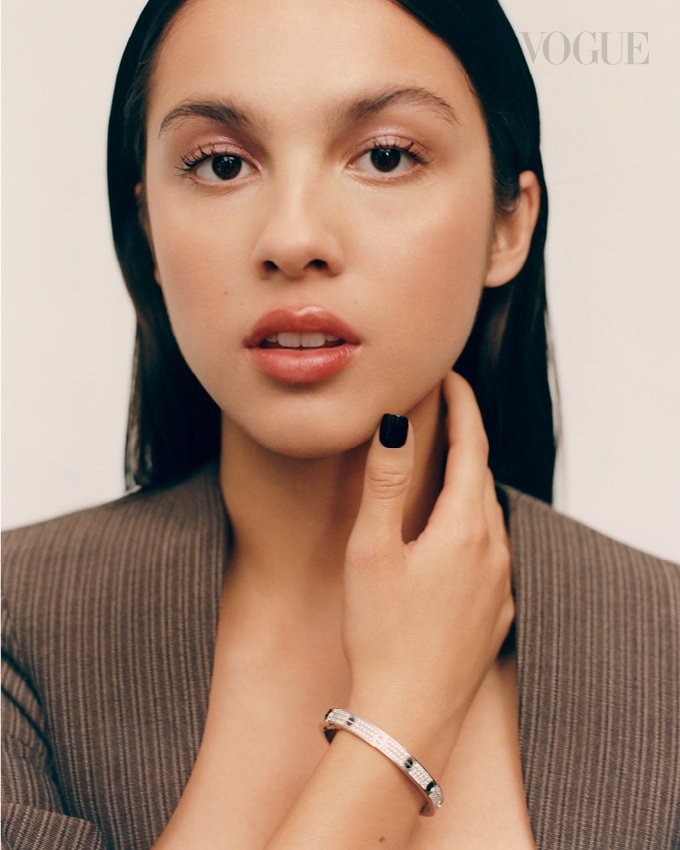
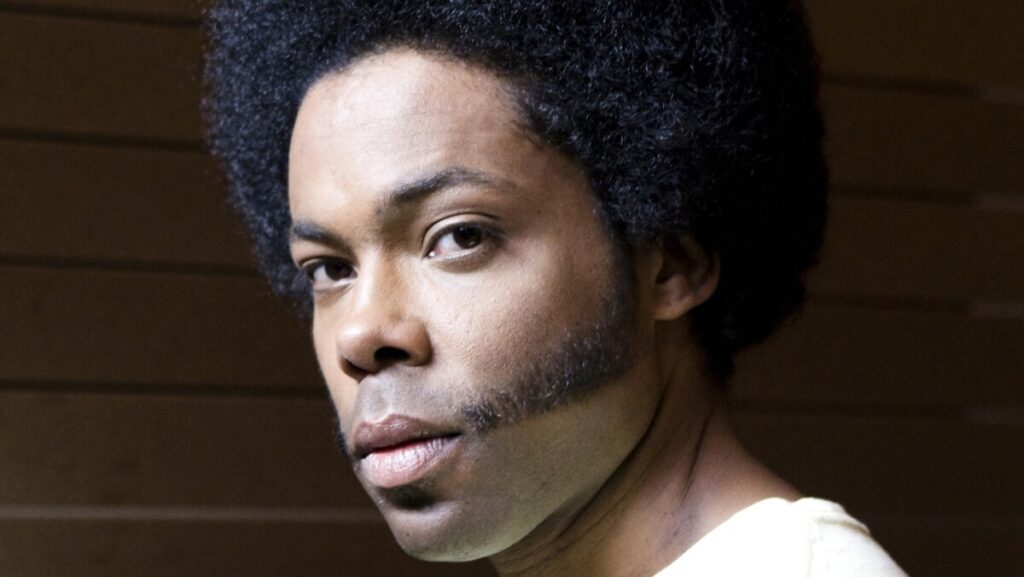
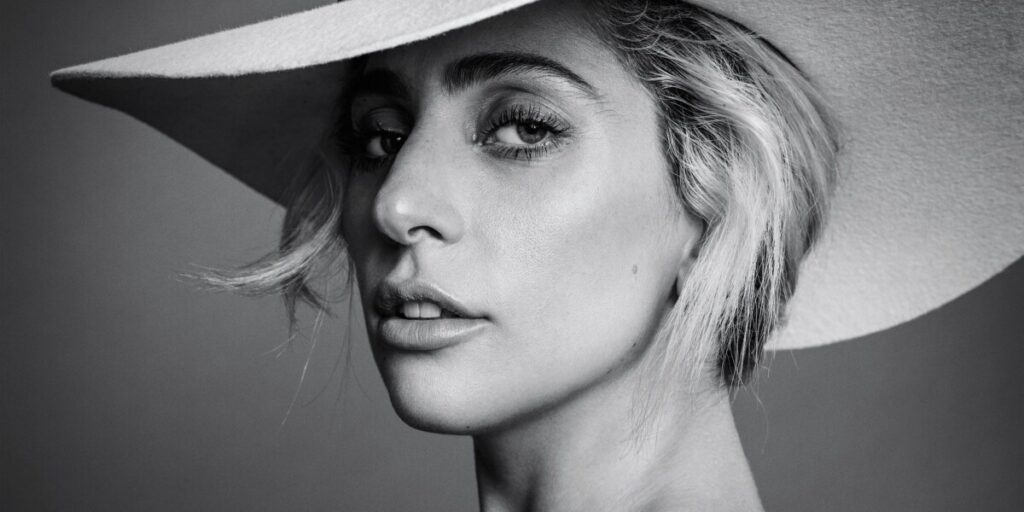
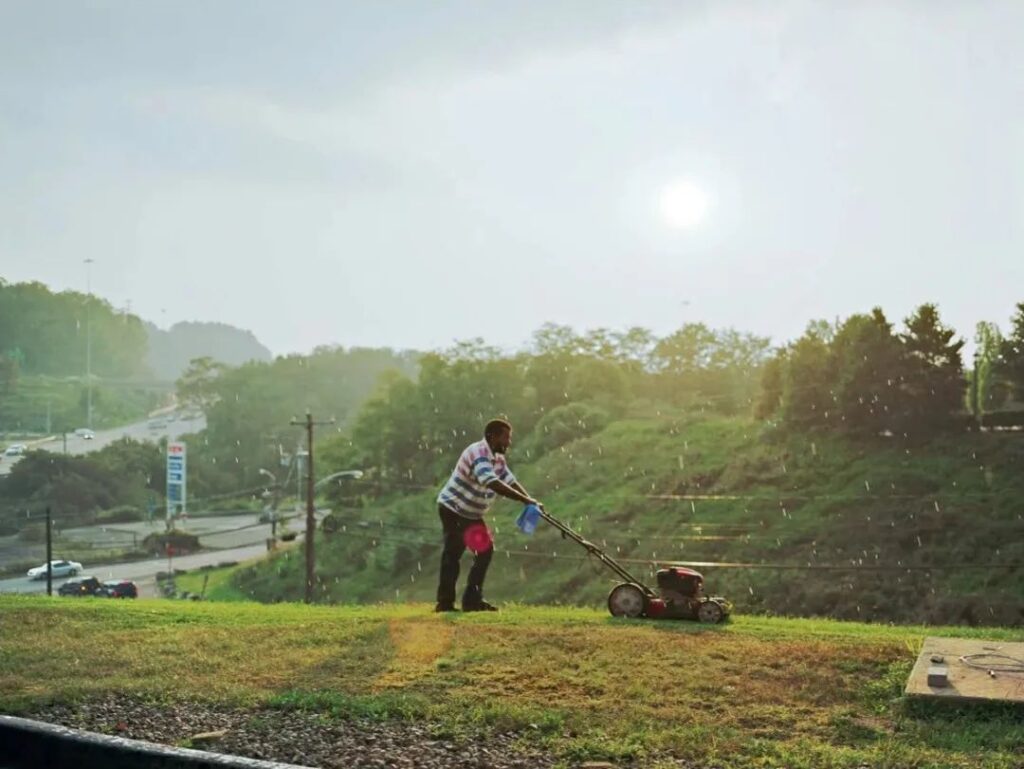

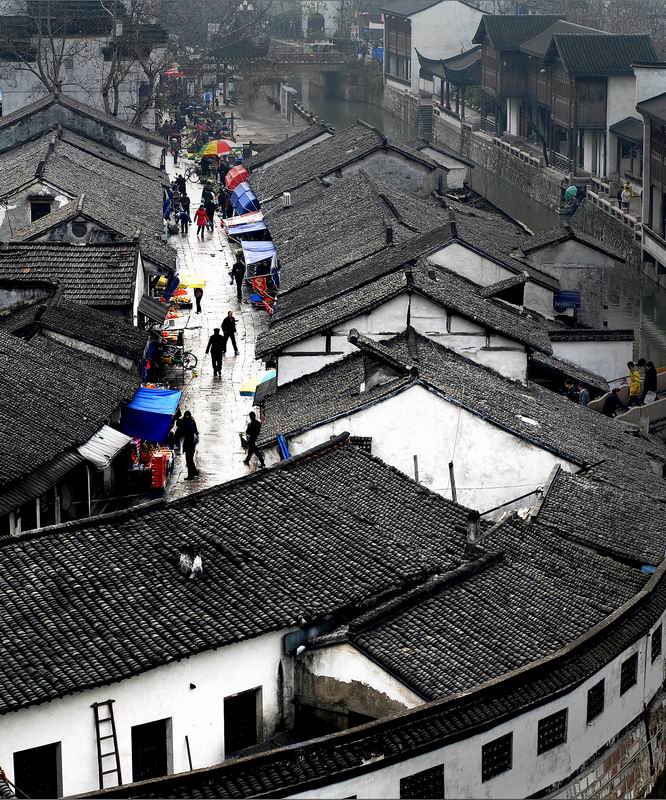
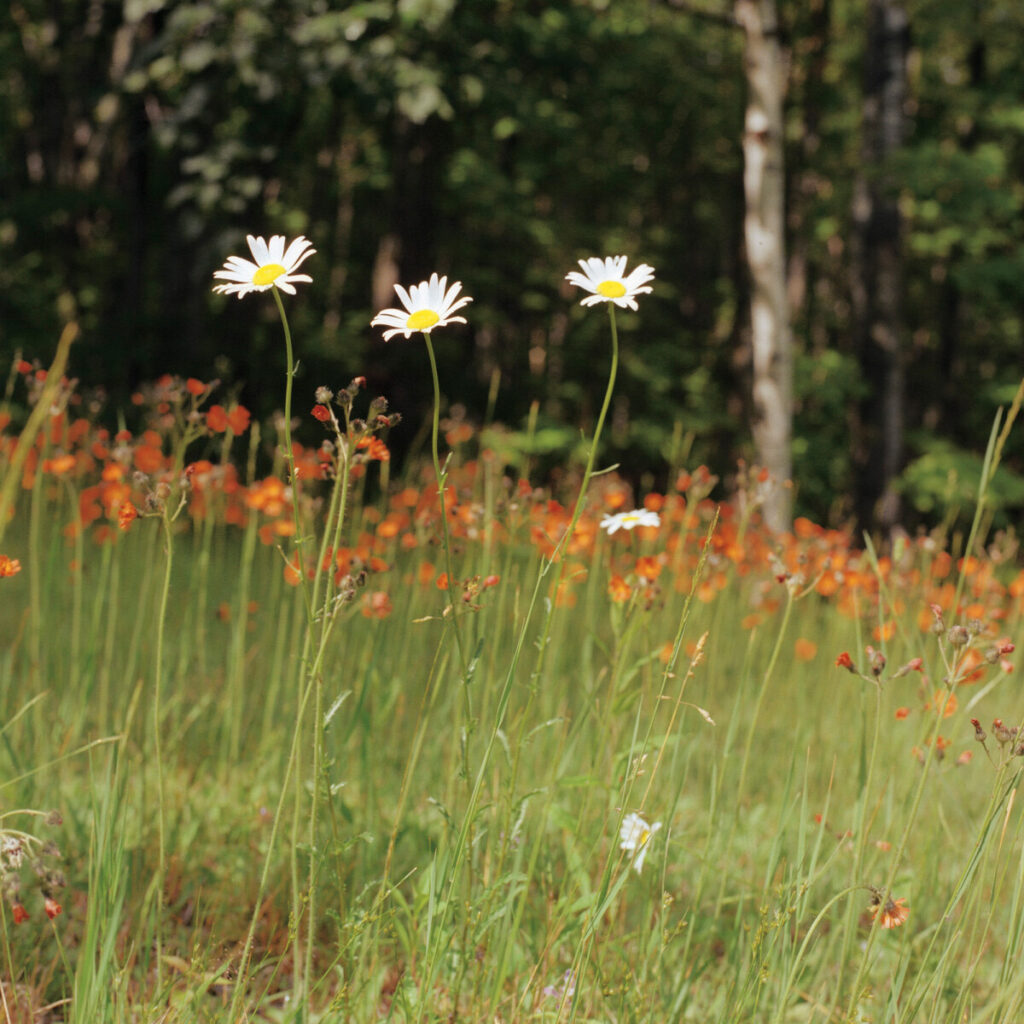

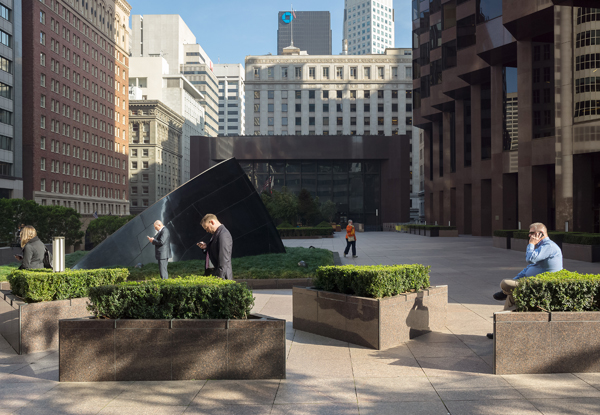




Recent Comments